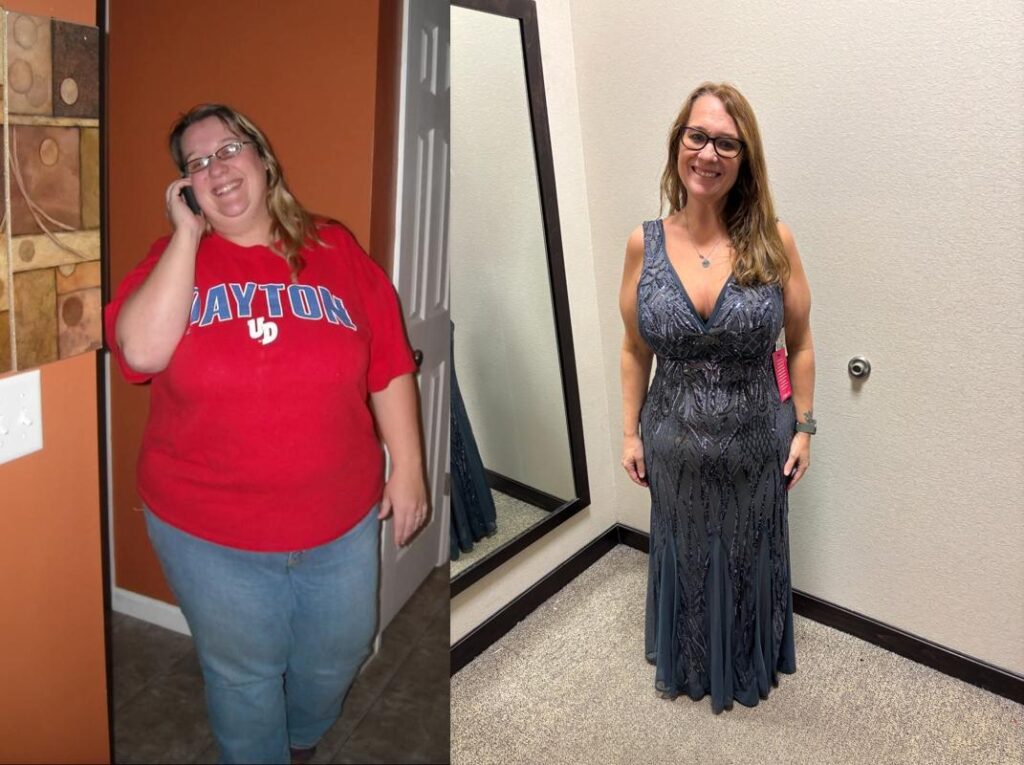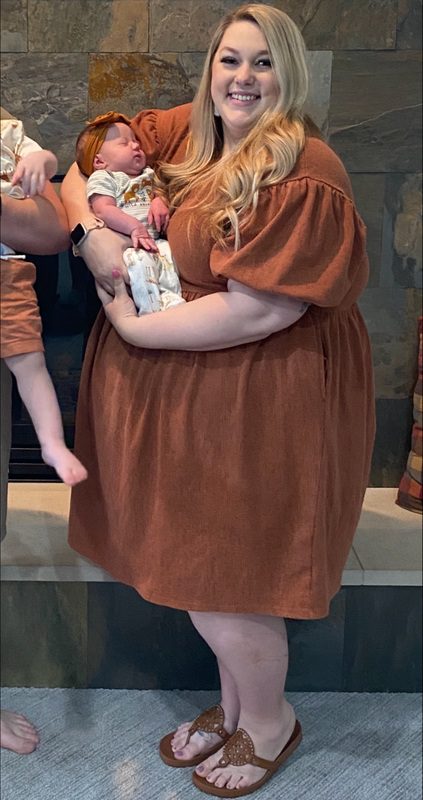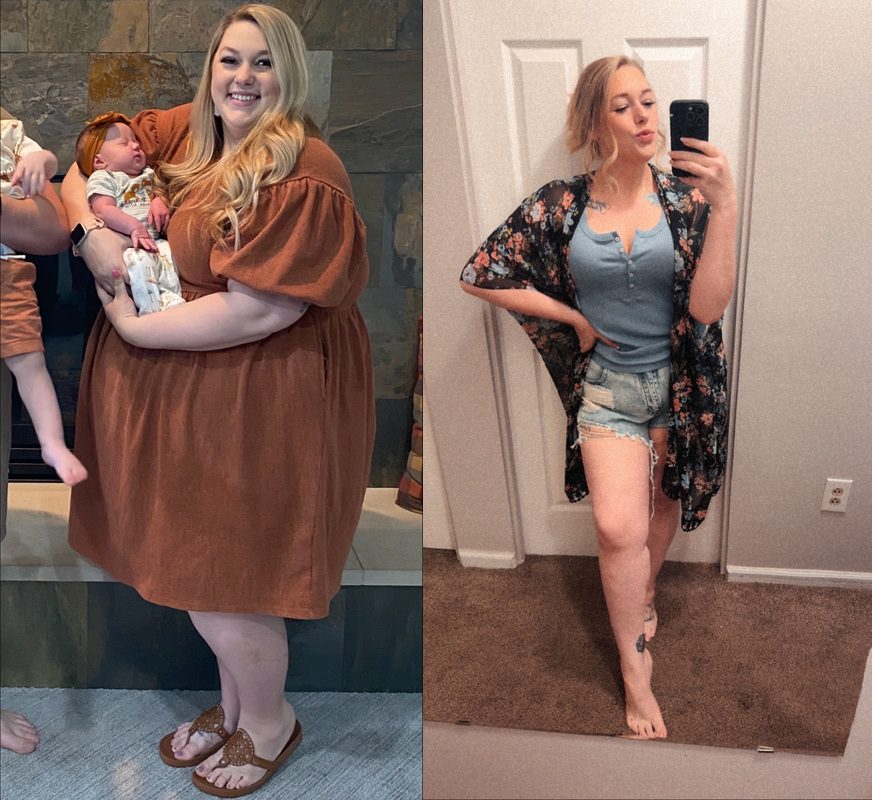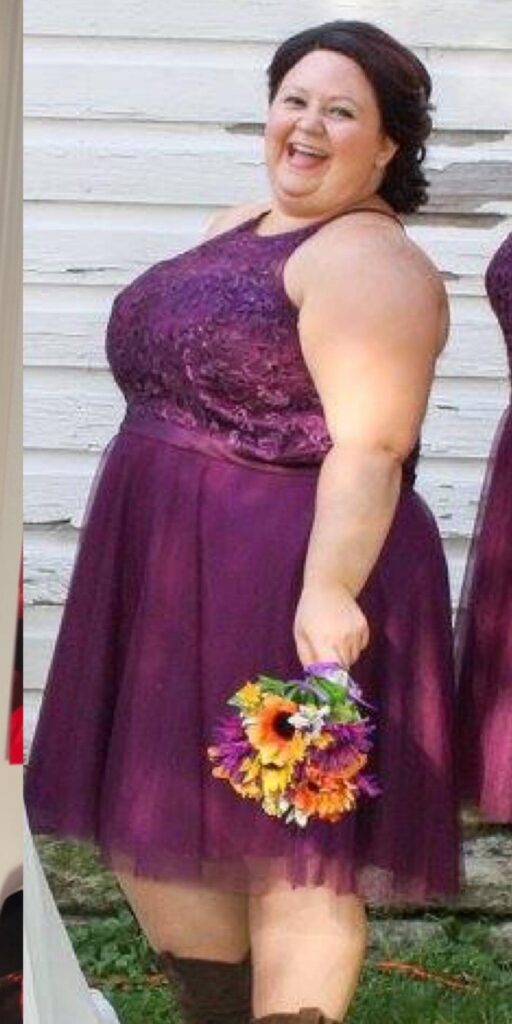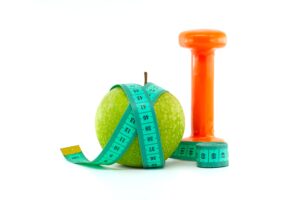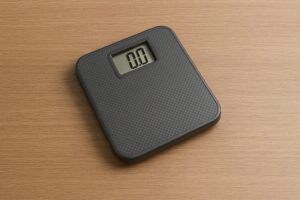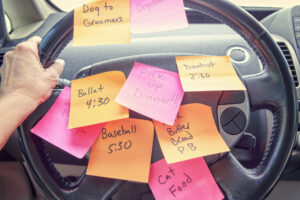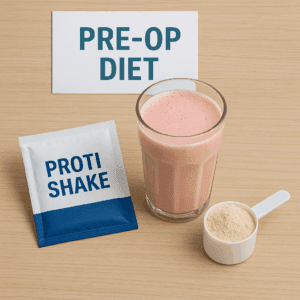Meal logging can feel like a HUGE burden and simply a bit overwhelming. However, there are some BIG benefits to logging your meals. Harvard notes that those who log have been found to lose TWICE as much weight as those who do not and another study from WIRED, found that simply logging consistently, rather than obsessing over what is logged, leads to significant weight loss.
Let’s dive into WHY meal logging is helpful.
- Increased awareness: Writing down what, when, and how you eat makes you mindful of your habits—not just what ends up on your plate. Knowing you’ll write it down introduces a pause—a chance to reconsider that extra treat.
- Managing emotional eating: Logging emotions and hunger levels helps identify patterns, curb impulsive snacking, and foster a healthier relationship with food.
- Improved digestion & mood: Mindful consumption—chewing thoroughly, focusing on taste—supports better tolerance and digestion, along with boosts satisfaction.
Step 1: Choose Your Logging Method
- App-based: Options like MyFitnessPal, Bartitastic, or Lose It apps let you capture meals fast and often track feelings or fullness. Here is a list of some app based logging platforms. Resources_Tracking_and_Mindful_Eating.pdf.
- Analog or photo journals: A notebook or snapping pictures encourages reflection and visual accountability. You can even use the notes section on your phone.
- Mindful eating trackers: Especially helpful for tuning into hunger/satiety—some let you record hunger on a 1–10 scale before and after eating.
Step 2: What To Include When Meal Logging
- Keep it simple; log what you are eating and approximately how much you are eating; example ½ cup chicken salad made with mayo, pickles, and spices and ½ cup cubed watermelon.
- Take it a step further; log where you are eating and why you are eating; example sitting at my desk which I work and I am eating because it is my lunch break.
Step 3: Master Mindful Eating Techniques
- Create a calm eating space – limit distractions like phones, screens, or stress. Step away from work and eat your lunch or sit down at the table to eat with your family rather than watching TV during the meal
- Pause & express gratitude – take a moment to take a deep breath and center yourself before starting your meal.
- Use all your senses – notice colors, smells, textures, sounds—slow the pace by taking smaller bites and chewing thoroughly, 20–40 times per bite. Remember that the ideal bite size is pinky nail to thumb nail in size.
- Set utensils down between bites – helps pause and gives your brain time to register fullness.
- Check hunger mid-meal – halfway through, pause and rate your fullness; adjust portion accordingly. Watch for your full signal and stop eating when you notice it starting to creep in.
- Reflect afterward – note physical sensations and emotions: full, bloated, energized? Then jot it in your meal log.
Benefits You’ll Notice
- Better portion control — slowing down naturally leads to eating less without deprivation.
- Heightened enjoyment — savoring each bite enhances satisfaction and reduces cravings.
- Emotional resilience — meal logging helps differentiate true hunger from stress- or emotion-driven eating.
- Insight into food–feel links — notice which meals energize or drain you over hours.
Final Takeaway
Meal logging and practicing mindful eating isn’t about perfection—it’s about awareness, connection, and kindness to yourself.




